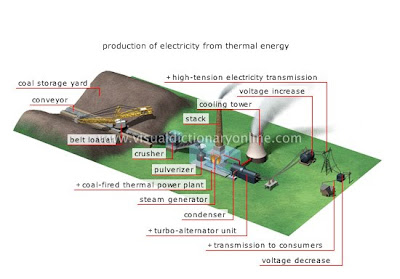Thermal energy

T hermal energy is generated and measured by heat of any kind is due to the increased activity or the speed of molecules in a substance, which in turn causes temperature causes rise accordingly. There are many natural sources of thermal energy on the earth, making it an important component of alternative energies. To explain the laws of thermodynamics, that energy can be exchanged to another in the form of heat from a physical object. For example, putting fire under a pot with water, the water is heating up as a result of the increased molecular motion. In this way, the heat or thermal energy, the fire is partially transferred to the water. Understanding the principles of thermodynamics has allowed people to use to create the natural sources of heat, thermal energy from a variety of sources. The sun, ocean and geothermal sources such as geysers and volcanoes, all sources of thermal energy. As an exhausted people, sustainable forms of alternative energy instead of fossil resources, such